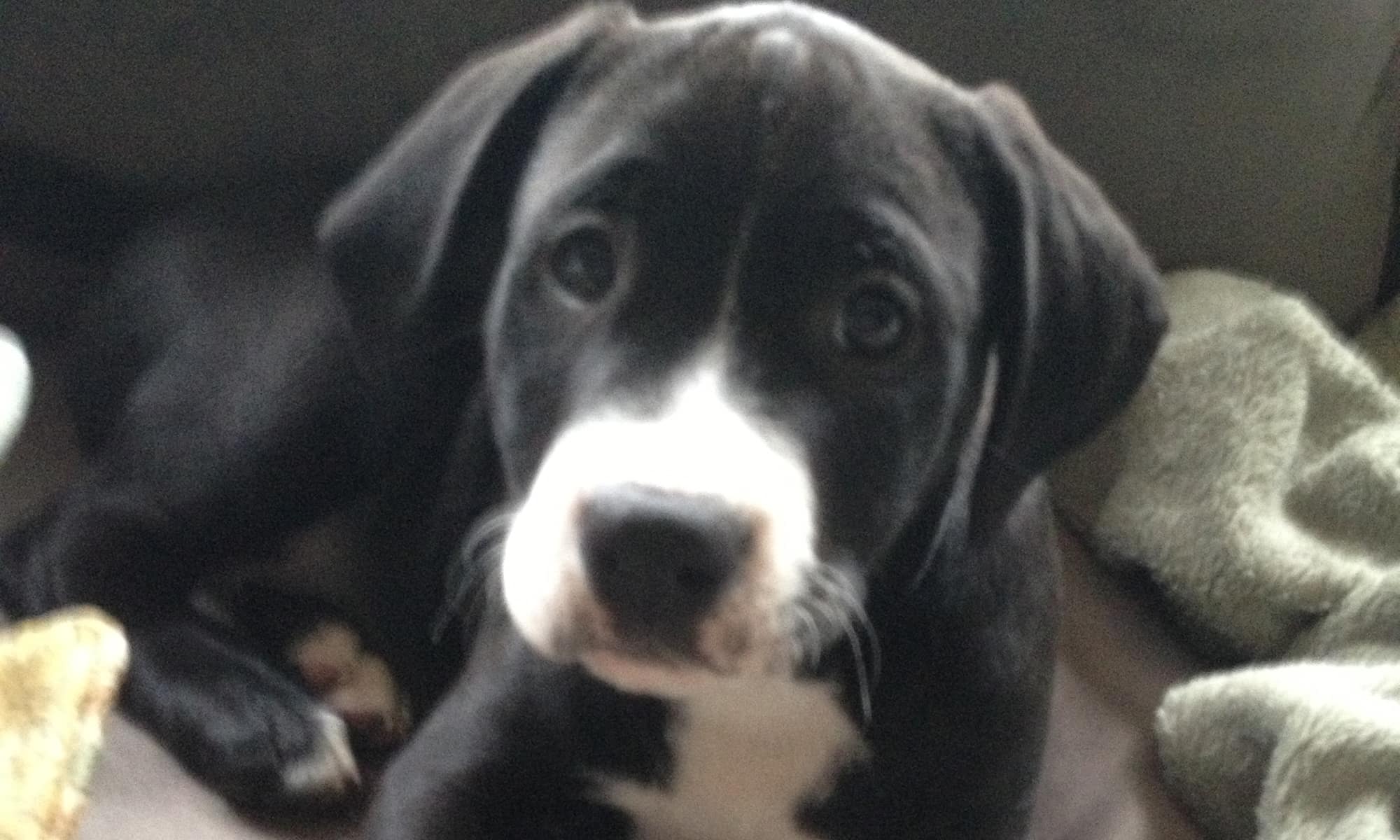Adopting a Cat
Please enjoy this video from Jackson Galaxy, a well-known cat behaviorist and host of...
Read moreThe first and most important reason to puppy-proof your home is to ensure your new friend doesn’t hurt herself. The other major reason is to keep you from being chewed out of house and home.
You may have heard that if you teach your dog what to chew and what not to chew, and if you provide her with lots of chew toys, your house won’t be destroyed. Although this is true, it works well only if you have the time to provide consistent training. Thus puppy-proofing the area where she will spend her time, in addition to supplying her with chew toys, is key. Plus, dogs and puppies not only chew, but can knock things over, or break things with their swishing tails.

Don’t make the mistake many new dog guardians have: waiting until their dog has begun to destroy the house, then take steps to protect each item from further destruction. Before they know it, the list of things the dog has ruined is as long as their arm.
Your goal is to keep common potentially harmful or forbidden items away from your pup instead of trying to keep her away from those things. Be one step ahead of your puppy by systematically searching your dog’s space. Item by item, remove or protect each puppy target-essentially anything that doesn’t belong to your dog.
You should be able to limit puppy-proofing to the confined space in which your puppy spends her time alone–as long as she is securely confined to that area and supervised when out of her area. The exceptions are electrical cords, poisonous plants, needles, tacks and any other dangerous items. These should always be inaccessible.
Make it hard for your dog to get herself in trouble. A puppy who never learns to chew forbidden items, especially during the adjustment period and while she’s teething, is less likely to chew them later in life. She’ll be in the habit of chewing the things you want her to chew because that’s all she’s ever had.
Some common items you should make sure are out of your puppy’s reach:
Keep in mind, this is not a comprehensive list. Get down on your dog’s level to see what might be enticing and pay attention to what she gravitates toward. Don’t forget that as she grows, you may have to move things again to keep them out of her reach.
Also read the fact sheet on puppy chewing.
Please enjoy this video from Jackson Galaxy, a well-known cat behaviorist and host of...
Read moreHow much will it cost to care for a new animal companion? It’s important to...
Read morePlease enjoy this blog post from Victoria Stilwell’s positively.com website....
Read more